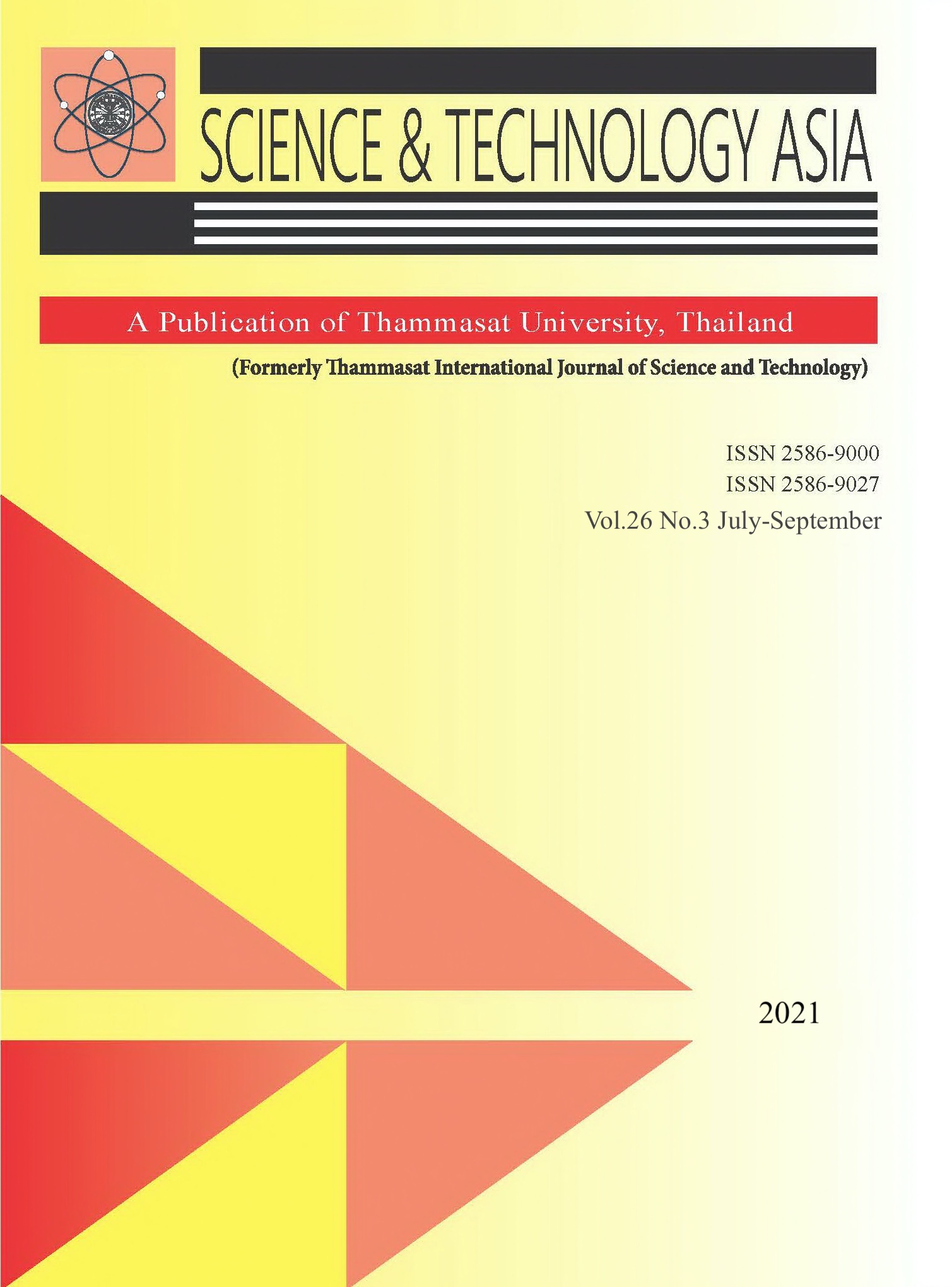Development of Vehicle Chassis from Novel Materials for Light Weight Electric Shuttles Using Finite Element Analysis
Main Article Content
Abstract
This research aimed to evaluate the impact of the z-axis forces on stress and total deformation for the chassis of a 23 passenger electric shuttle bus. Track testing protocols were also developed and performed on the electric shuttle bus to investigate the effectiveness of battery and comfort based on noise and vibration for a total distance of 1,000 km. Simulation was validated by measuring stress and deformation using an attachable strain gauge and a dial indicator. Five different types of materials were used to simulate the chassis including steel, high carbon steel, AMS4122 aluminum alloy, AMS4119 aluminum alloy and AZ31B magnesium alloy. Simulation results showed maximum deformation of 2.22 mm for AZ31B magnesium alloy, 1.42 mm for AMS4119 aluminum alloy, 1.01 mm for steel, 0.47 mm for AMS4122 aluminum alloy, and 0.16 mm for high carbon steel. On the other hand, aluminum and magnesium alloy weighted almost 50% less than steel and high carbon steel. It can be concluded that AMS4122 aluminum alloy is the most suitable material for chassis construction due to its light weight and lowest total deformation of the chassis structure.


